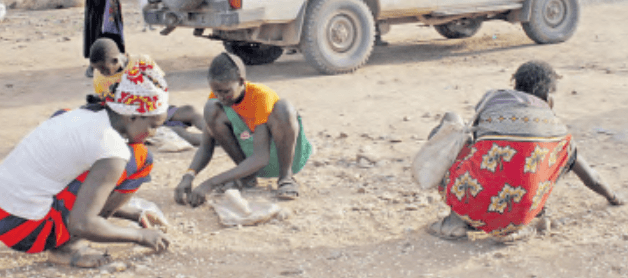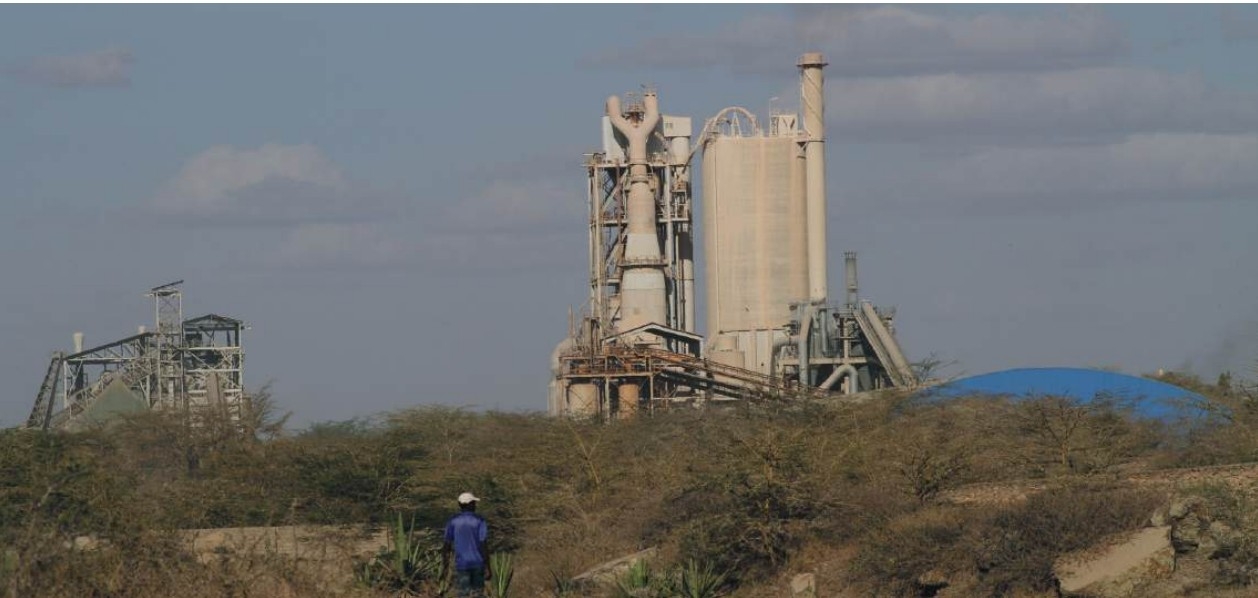Scientists have released thousands of tiny wasps in five counties to save Kenya’s fourth most important fruit, the pawpaw.
The fruits are currently being attacked by a pest known as papaya mealybug, which covers them with thick white waxy secretions, making the affected fruits uneatable and unmarketable.
The solution is a tiny wasp known as Acerophagus papaya.
It attacks the enemy pest by laying eggs on the mealybug until it dies.
Scientists are now supplying farmers with thousands of these tiny wasps to save their fruit.
They have been released in farms in eight counties, the latest being Machakos, Makueni, Embu, Tharaka Nithi and Baringo, according to a statement from the researchers.
The project is led by scientists from the research group Cabi, the Kenya Agricultural and Livestock Research Organisation, Kenya Plant Health Inspectorate Service and the National Museums of Kenya.
They said the release was already successful in Mombasa, Kwale, and Kilifi.
Dr Johnson Nyasani, the chief research scientist at Kalro, said, “The use of Acerophagus papayae as a biological control agent to control the papaya mealybug is a safer-to-use and more sustainable way of controlling the pest as part of an integrated pest management plan that reduces the reliance on chemical pesticides.”
The papaya, commonly known in Kenya as pawpaw, is Kenya's fourth most important fruit crop after oranges, mangoes and bananas.
The total volume of papaya fruit marketed in Kenya was 120,474 metric tonnes in 2020, according to Kalro. However, its production has been severely threatened by the invasive papaya mealybug.
The mealybug was first reported at the Coast in 2016 and has since rapidly spread to over 21 counties, reaching near epidemic levels, particularly in papaya-growing locations, scientists say.
In 2017, practically no papaya crop was harvested in most parts of coastal Kenya. The bug is native to Mexico, where it is not considered a serious pest.
While farmers can use pesticides to control it, scientists are promoting biological means for health reasons.
Scientists said they have tested the beneficial insect, the Acerophagus papaya, at Kalro facilities in Muguga, and confirmed it only attacks the pest and nothing else.
Dr Selpha Miller, postdoctoral research fellow, invasive species management at Cabi, and project manager of the release in Kenya, said, “The papaya mealybug is a devastating crop pest with the potential to cause crop losses ranging from 53-100 per cent.
“But we have shown that A. papayae has the ability, as part of an integrated pest management plan, to be very effective with control of the papaya mealybug being achieved within six months of release.”
The research and release are funded by the Cabi-led PlantwisePlus programme, which has over 150 plant clinics in Kenya. Extra funding is from the Darwin Initiative project ‘Biocontrol of papaya mealybug in East Africa.’
Papaya mealybug originated from Central America before spreading to the Caribbean and South America in the 1990s. It was first detected in Africa in 2010 in Ghana and in 2016 in Mombasa county.
Cabi said when they introduced the biocontrol agent in Mombasa, Kwale, and Kilifi, within two years of the first release in these counties the biocontrol agent was causing up to 75 per cent mortality of the papaya mealybug and average papaya harvests almost doubled between treatment and control farms.
“With higher yields, the average income of farmers on treatment farms increased by approximately 20 per cent,” Cabi said in a statement.
An adult Acerophagus papaya wasp is pale orange with green eyes. The wings are mostly transparent.
The female lays one egg inside the papaya mealybug. Development occurs inside the host, and developmental time from egg to adult is about 13 days. Throughout her adult lifetime, a female may parasitise up to 100 papaya mealybug hosts.















